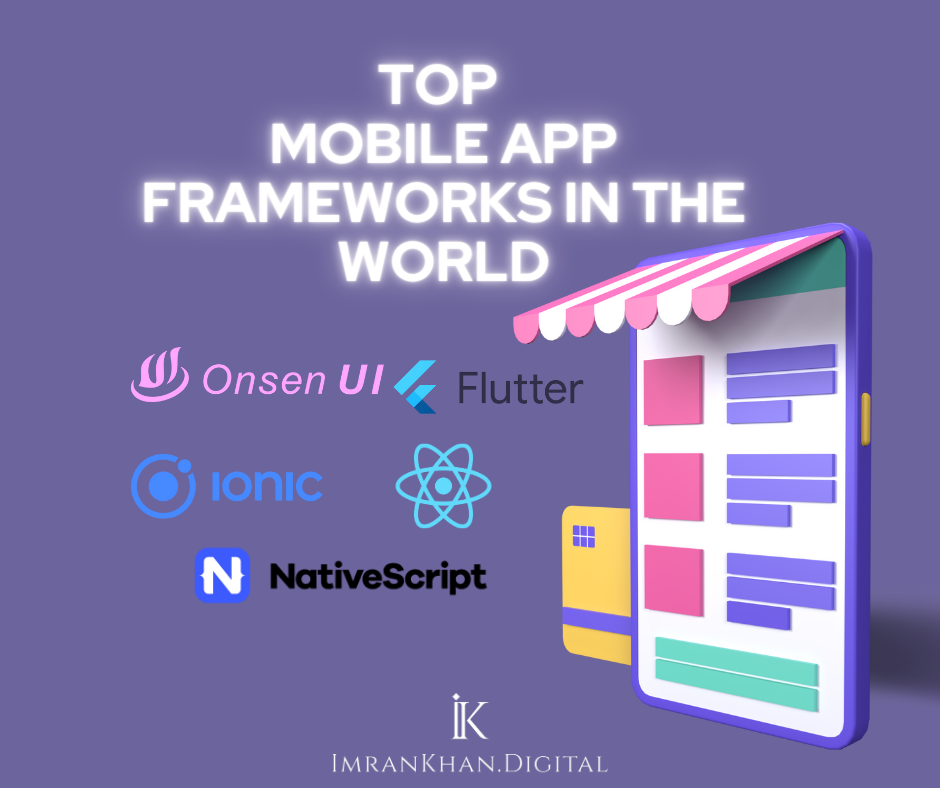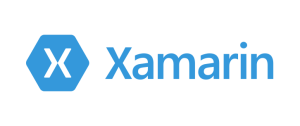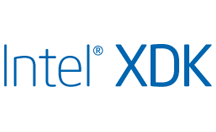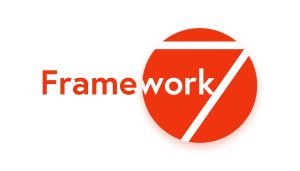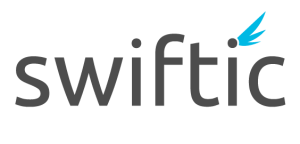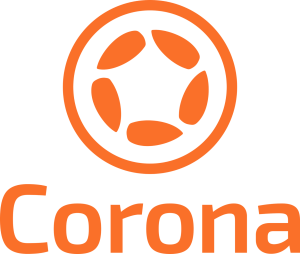In this article, I will delve into the topic of mobile app analytics, discussing what it is and the various tools that are out there for monitoring different facets of mobile applications such as user behavior, engagement, and performance. I will go into each tool and its features, outlining its capabilities.
What is Mobile App Analytics?
Mobile app analytics is the process of tracking and analyzing user behavior within a mobile application. This includes data on user engagement, retention, conversion, and more. App developers and business owners are provided with crucial understanding on how users engage with their applications through mobile app analytics tools.
With available mobile analytics tools we can access detailed information about what features are the most popular as well as potential ways to further improve the user experience.
Key Metrics to Measure User Engagement in Mobile Apps
Some common metrics that mobile app analytics can provide include:
- User Acquisition: How users discover and download the app, such as through search, social media, or ads.
- User Engagement: How often users open and interact with the app, and how long they spend on it.
- Retention: How many users continue to use the app over time, and how often they return.
- Conversion: How many users take a desired action within the app, such as making a purchase or filling out a form.
- In-app behavior: Which features are used most often, where users spend the most time, and which actions they take within the app.
By analyzing these metrics, app developers can identify areas for improvement, optimize the user experience, and ultimately increase user engagement and revenue. Some popular mobile app analytics tools include Google Analytics for Mobile Apps, Mixpanel, and Flurry Analytics.
In this article, I’m going to discuss mobile app analytics tools in detail.
Mobile App Analytics Tools
Mobile App Analytics Tools offer a suite of tools and services designed to assess and measure the success of your mobile applications. By mining user data surrounding application utilization, commitment, preservation, and general achievement, this set of tools can provide extraordinary insights into the effectiveness of your app and ways to further enhance user experience.
With the insights gleaned from these powerful analytics tools, you can create meaningful app improvements that deliver better experiences for your users. The tools allow mobile app developers and product teams to analyze the data, track usage trends, optimize user experience, identify potential issues, and better understand the customer base. Some common features include usage reporting, event tracking, user segmentation, A/B testing, heat maps, and analytics dashboards.
Mobile App Analytics Tools are key components for app creation and improvement. Through powerful analytics, teams gain critical knowledge that guides the crafting of amazing user experiences and the optimizing of app functionality. Utilizing this kind of intelligence provides teams with an advantage when designing for success.
Google Analytics
Google Analytics Mobile is a comprehensive tool for monitoring mobile app and web performance. It allows users to easily track user engagement, measure traffic sources, and analyze overall app performance.
With this tool, users can gain insights into customer behavior, app navigation and demographics. With powerful reports and visuals, Google Analytics Mobile helps mobile app owners understand their user base and optimize their apps for better user experience.
Flurry
Flurry Analytics is an online platform developed by Yahoo! Inc. It allows users to track, analyze and report mobile app and website usage. This provides marketers, developers and researchers with in-depth insight into how customers are interacting with their apps, websites, ads and products. It helps in making decisions about how to make an app, website or product better.
Flurry Analytics provides detailed data about usage metrics such as active users, session lengths, app opens, purchases and much more. With this data, it becomes easier to track trends and measure engagement, conversion and retention.
Firebase
Firebase Analytics is a comprehensive analytics tool offered by Google to help you measure and optimize user engagement with your app. Firebase Analytics captures detailed information about user activity and interactions with your app.
It tracks user behaviors such as sessions, screens, crashes, app installs, purchases, in-app advertising clicks and many more. Firebase Analytics can help you gain valuable insights into your users’ behaviors and help you take the necessary actions to boost your user engagement and conversions.
Mixpanel
Mixpanel analytics gives you the advantage to better understand your users and the way they interact with your website or product. You can monitor and review user activity on various platforms and enhance user flows, resulting in a greater conversion rate.
You will gain an enhanced insight of how various customer groups engage with different features or content and make the necessary improvements to ensure your business objectives are fulfilled. With these analytics, you are empowered to customize the user experience, thus leading to an improved engagement rate and customer satisfaction.
Amplitude
Amplitude Analytic provides a robust and convenient analytics platform, enabling users to effortlessly analyze data about customer behavior and utilize it to obtain meaningful insights that facilitate smarter product choices. It allows for easier exploration of data and faster development of data-driven strategies.
The platform helps to collect and monitor user behavior on websites and apps, providing accurate, detailed and real-time reports to measure the success of an app or website. With the help of Amplitude Analytic, companies can quickly get answers to their product questions and build an evidence-based roadmap.
Additionally, the platform also offers powerful analytics capabilities, including segmentation, cohort analysis, customer journey mapping and more. Amplitude Analytic is a powerful tool that helps organizations of any size maximize the value of their data.
Localytics
Localytics is a cutting-edge platform which offers analytics and marketing solutions, created to assist businesses in obtaining the most user engagement and to comprehend the customer experience. It provides insight into user behavior through sophisticated real-time analytics, which helps marketers target and personalize their messages to customers.
This platform provides its users with everything they need to effectively reach their customers and analyze customer behavior, enabling segmentation, engagement, automation, analytics, A/B testing, messaging and more. By tracking user activity and interactions across web, mobile, and other channels, Localytics helps companies create tailored experiences that boost engagement and conversions.
Countly
Countly is a real-time analytics and marketing platform that helps companies gain deeper insights into their users and increase user engagement. With its innovative analytics and engagement engine, Countly tracks all user data from across any device and channels, allowing you to understand customer behavior, create personalised user experiences, and grow your business.
Countly also offers A/B testing, app rating campaigns, segmentation and insights for understanding user engagement. With its easy-to-use analytics dashboard, users can quickly get a comprehensive overview of their users’ actions. This data can then be used to identify new trends and understand customer preferences in order to improve the product and develop effective marketing campaigns.
With Countly, companies are empowered to understand their users better, engage them more effectively and optimize the entire customer journey.
CleverTap
CleverTap is an analytics platform that helps companies drive engagement with their customers across different channels and devices. It enables companies to measure customer behaviors, get deep insights, and run personalized campaigns to maximize user engagement.
With the help of CleverTap, companies can understand their customers better and deliver engaging experiences to boost user engagement, improve conversions, and increase ROI.
App Annie
App Annie analytic is a comprehensive platform that provides powerful analytics to help businesses and individuals make the most of their mobile applications. With detailed insights and analytics on performance, users, monetization, and other key areas of mobile applications, App Annie is an essential tool for any business or individual looking to increase their app’s performance.
From individual users to enterprises, App Annie helps make better decisions on user acquisition, marketing and monetization to ensure long-term success. App Annie analytics also provide deep insight into user behavior, app performance, and trends so users can make better decisions and take full advantage of their applications.
Leanplum
Leanplum Analytic is a comprehensive analytics and engagement platform that provides organizations with deep insight into customer behavior. Through powerful segmentation, A/B testing, real-time notifications and much more, Leanplum offers a one-stop shop for data-driven customer experience management.
From analytics, user testing, personalization, and optimization, Leanplum helps companies improve the performance of their mobile and web applications to increase customer engagement and revenue.
Apple
Apple Analytics is a powerful tool that provides businesses with valuable insights into their digital products, including iOS apps. It enables companies to gain in-depth insights into user behaviour and preferences, helping them to optimise their mobile offerings and create more targeted experiences.
With Apple Analytics, businesses can track customer behaviour and usage, gain insights on customer segments and loyalty, identify trends and track key performance indicators. This allows them to quickly identify and capitalise on new opportunities while understanding what users are doing and why they’re doing it.
UXCam
UXCam analytics is a tool that makes data capture and user behavior analysis simple and straightforward, giving you the power to make informed decisions and enhance the user experience. With its intuitive interface, you can accurately assess the usability and success of your product or service with ease.
It provides insights on how users interact with your product or website and identifies key areas for improvement. With UXCam analytics, you can easily create heatmaps and session replays, compare metrics across different versions of your product, measure user satisfaction and engagement, and get meaningful data-driven insights that help you create an ideal user experience.
Adobe
Adobe Analytics is a cloud-based business intelligence and analytics platform developed by Adobe. It is designed to provide real-time insights into marketing campaigns, website and mobile usage, media consumption and other business metrics.
Adobe Analytics enables businesses to analyze their customers’ interactions with their online and mobile channels, improve engagement and make more informed business decisions. It combines the power of analytics with user experience design to generate data-driven decisions that drive digital success.
MoEngage
MoEngage analytics is an advanced and powerful user-centric analytics tool. It offers detailed user-level insights, segmentation, user flow analysis and engagement funnels that helps digital product teams gain deeper insights and optimize user engagement, conversion and retention.
MoEngage also helps track user activity and engagement across different digital channels such as email, push notifications, SMS and mobile in-app messages. This makes it an effective and invaluable tool for tracking user journey and engagement across channels, giving marketers the visibility needed to create effective user engagement campaigns.
Apsalar Mobile Marketing Cloud
Apsalar Mobile Marketing Cloud analytics is a powerful marketing intelligence and analytics solution for mobile apps that helps organizations leverage mobile data to better understand their customers and drive improved performance. With it, marketers can track, segment, analyze and understand user activity to build successful user engagement and monetization strategies.
Apsalar also provides predictive models that provide deep insights into the behavior and activities of individual app users. Through data-driven optimization and segmentation, Apsalar can uncover insights to deliver the most effective marketing messages to the right users. Ultimately, this empowers organizations to develop stronger relationships with customers and drive stronger growth.
Contentsquare
Contentsquare analytics is a powerful digital experience analytics platform designed to help organizations analyze customer behavior, drive data-driven decisions, and unlock meaningful improvements across digital channels.
It captures the voice of the customer to reveal how, when, and why customers engage, how customers move from product discovery to purchase, and how users are interacting with content, functionality, and designs on websites and mobile apps. By giving a full 360-degree view of user behavior, ContentSquare provides actionable insights that enable businesses to enhance their customer experience and increase ROI.
AppDynamics
AppDynamics analytics is a comprehensive platform that provides organizations with data-driven insights into their applications and infrastructure. It uses sophisticated algorithms to measure performance, track dependencies, analyze trends, and identify the root cause of application issues.
With AppDynamics, businesses can better understand the impact of any changes they make and develop plans to ensure a consistently smooth experience for their customers. Ultimately, AppDynamics enables businesses to make smarter, more informed decisions, drive better customer engagement, and ensure optimal system performance.
Final Words
As we are going to end now and my final words are, mobile app analytics tools provide developers and app owners a way to gain insights into their userbase, analyze user behavior and performance, and identify and fix potential issues quickly. By understanding their customers better, app owners are able to design their product better and give users a more tailored and enjoyable experience.


